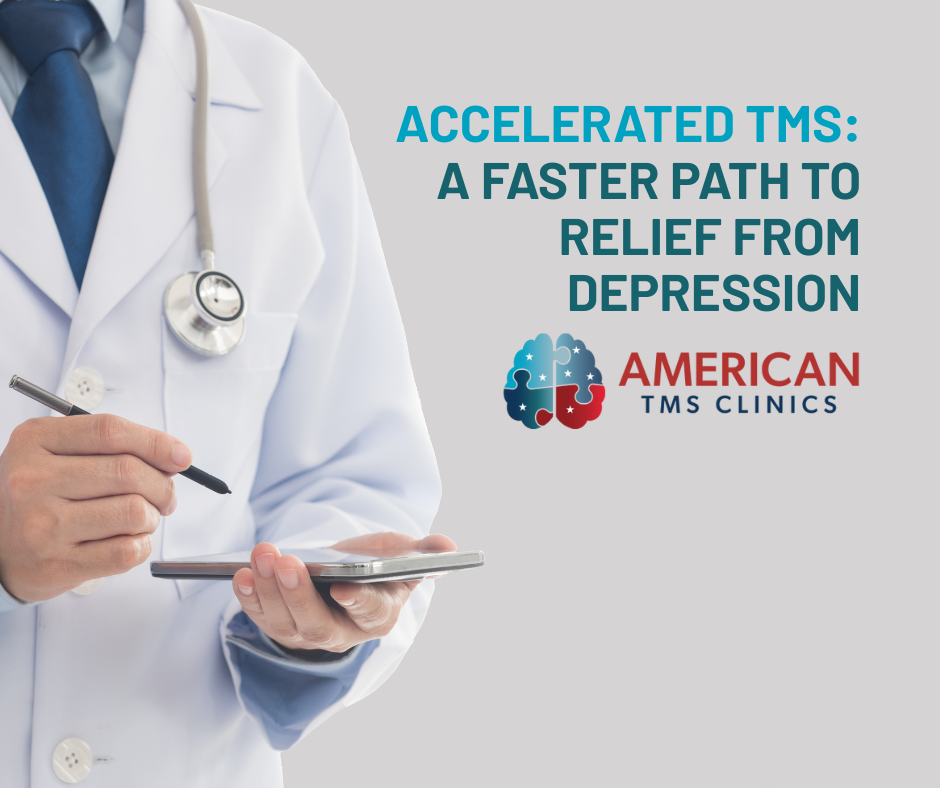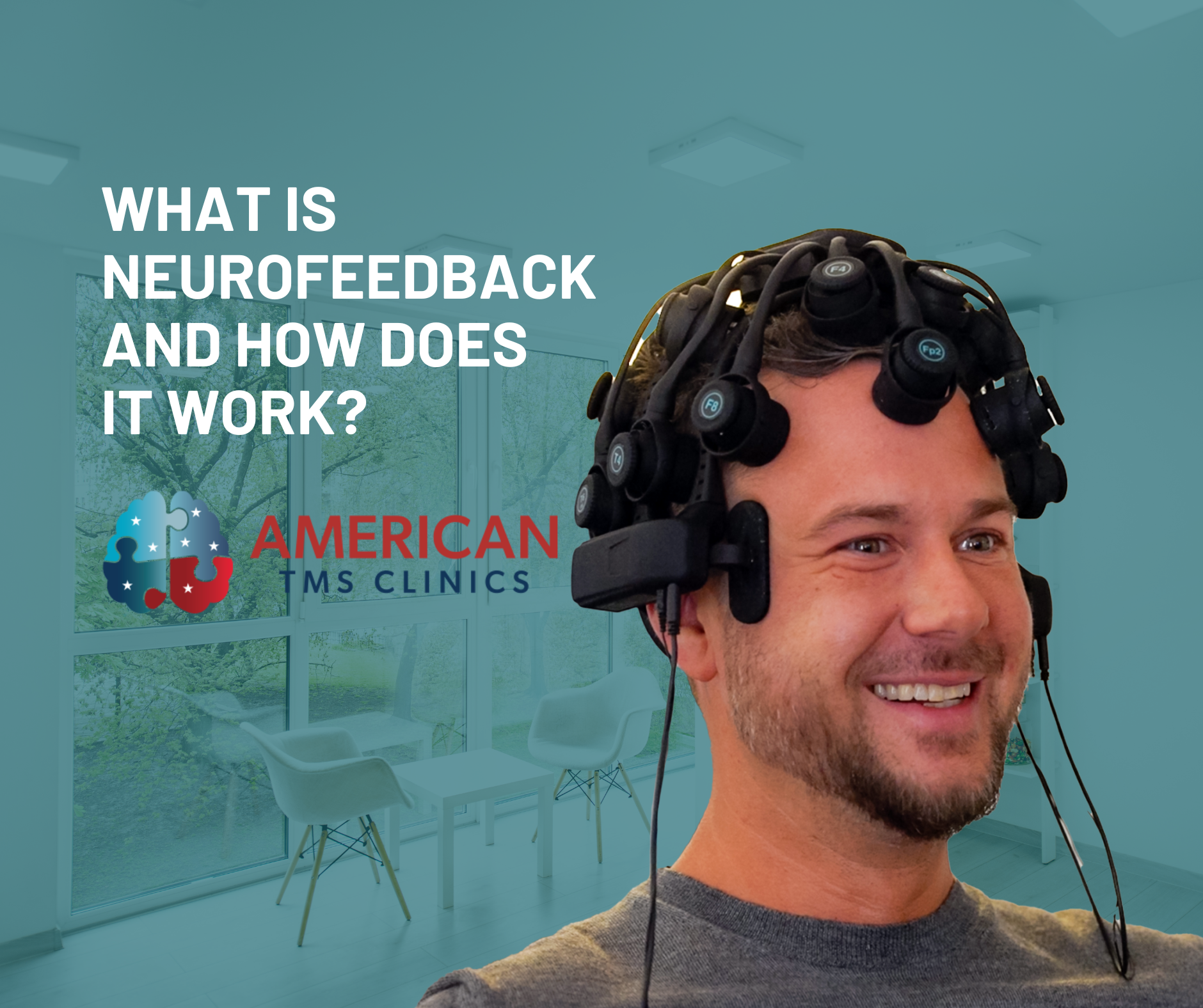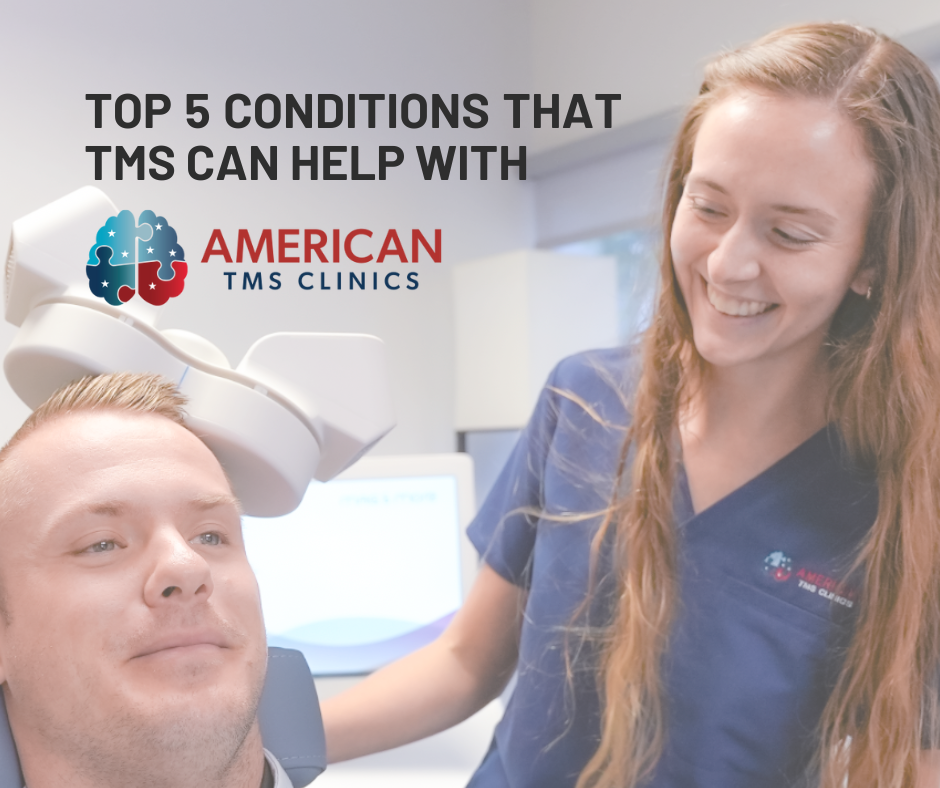If you need support for stroke recovery in Phoenix, TMS (Transcranial Magnetic Stimulation) therapy could be a good option. TMS is a safe treatment that uses magnetic pulses to activate parts of the brain. This can help improve movement and lessen depression after a stroke.
How TMS Therapy Helps with Stroke Recovery in Phoenix
- Improves Motor Skills: TMS can help people recover movement and strength in their arms and legs. TMS helps the brain make new connections by activating the areas that control movement. This process, known as neuroplasticity, helps the brain adjust and improve movement skills.
- Reduces Depression: Many people feel sad after having a stroke. TMS can boost your mood and mental well-being. TMS helps activate parts of the brain that control mood, which can lessen depression symptoms and help patients engage in other treatments.
- Boosts Brain Power: TMS helps the brain recover and learn new skills. TMS can improve brain flexibility, helping stroke survivors regain skills and adjust to new challenges.
Scientific Evidence for TMS in Stroke Recovery Treatment
Research has shown that TMS can help in recovering from a stroke. A study in the Journal of Rehabilitation Research and Development found that TMS therapy helped stroke patients get better at moving and feel less depressed. A study in the journal Stroke found that TMS helped improve brain function and movement in stroke patients.
Effects of Stroke on the Brain
A stroke occurs when blood stops flowing to a part of the brain. This can happen because of a blocked artery (ischemic stroke) or a burst blood vessel (hemorrhagic stroke). When this occurs, brain cells start to die because they aren’t receiving the oxygen and nutrients they require. This can lead to long-term harm.
- Physical Effects: Strokes can cause weakness or paralysis, often on one side of the body. This can affect arms, legs, and even facial muscles.
- Speech and Language Problems: A stroke can make it hard to speak or understand language. This is called aphasia.
- Cognitive Changes: Strokes can affect memory, thinking, and the ability to concentrate.
- Emotional Changes: Many people feel sad or depressed after a stroke. Anxiety and mood swings are also common.
- Vision Problems: Strokes can cause vision problems, such as double vision or loss of vision in one eye.
Stroke Recovery in Scottsdale: A Closer Look
In Scottsdale, many patients have had good results with TMS therapy for recovering from strokes. Clinics that focus on stroke recovery provide tailored care and advanced treatments to help patients regain their independence and enhance their quality of life.
FAQs about Stroke Recovery in Phoenix
1. What percentage of stroke patients make a full recovery?
About 10% of people who have a stroke fully recover. Many people see big improvements with the right treatments and rehabilitation. The recovery from a stroke can depend on factors like how severe the stroke is, the patient’s age, and how quickly treatment starts.
2. Where is the best place to rehab after a stroke?
The best place to recover after a stroke is a special center for stroke rehabilitation. These centers have skilled staff and modern tools to help stroke patients recover. They provide different types of therapy, like physical therapy, occupational therapy, and speech therapy, designed for each patient’s needs.
3. Can a person live 20 years after a stroke?
Yes, many people live 20 years or more after a stroke, especially if they have good medical care and make healthy choices. Regular check-ups, a healthy diet, exercise, and avoiding smoking and too much alcohol can help you stay healthy and lower the chances of having another stroke.
4. Can you recover 100% after a stroke?
Some people can recover completely, but it depends on the stroke’s severity and location. You are more likely to recover fully if the stroke was mild and if rehab began soon after. TMS therapy can boost recovery by helping the brain heal and reorganize itself.
5. What is the hardest stroke to recover from?
Hemorrhagic strokes are usually tougher to recover from than ischemic strokes. Hemorrhagic strokes happen when there is bleeding in the brain, leading to greater damage. Recovery from a stroke depends on where the stroke happened in the brain, how serious it was, the person’s overall health, and how easily they can get rehabilitation services.
6. What helps stroke patients recover faster?
Early and thorough rehabilitation, a healthy diet, exercise, and treatments like TMS can help stroke patients recover more quickly. Staying motivated and joining in all suggested therapies can help you recover faster. Support from family and having a positive attitude are very important for recovery.
Ready to Unlock a Healthier Mind
Want to see if you qualify for a free EEG and psychiatric evaluation? Contact American TMS Clinics today! Our team is here to help with your stroke recovery in Phoenix. Find out how TMS therapy can improve your life.
Contact American TMS Clinics Today
To learn more about stroke recovery treatments and to find out if TMS therapy is suitable for you, reach out to American TMS Clinics. We are here to help you on your path to better health and healing.
Disclaimer: TMS therapy is FDA-approved for treating major depressive disorder, but its use for stroke recovery is considered off-label. This means that while some studies suggest benefits for stroke recovery, it is not officially approved for this purpose by the FDA. Always consult with a healthcare provider for advice on your specific condition.
Common side effects of TMS therapy can include headache, scalp discomfort at the site of stimulation, and tingling or twitching of facial muscles. These side effects are usually mild and temporary. In rare cases, TMS can cause more serious side effects such as seizures. It is important to discuss potential risks and benefits with your healthcare provider before starting TMS therapy.
Citations:
- Lazzaro, V. D., et al. (2010). “The role of transcranial magnetic stimulation in the neurorehabilitation of stroke patients.” Journal of Rehabilitation Research and Development, vol. 47, no. 9, pp. 979-990.
- Hummel, F. C., & Cohen, L. G. (2006). “Non-invasive brain stimulation: a new strategy to improve neurorehabilitation after stroke?” Stroke, vol. 37, no. 6, pp. 1595-1600.





